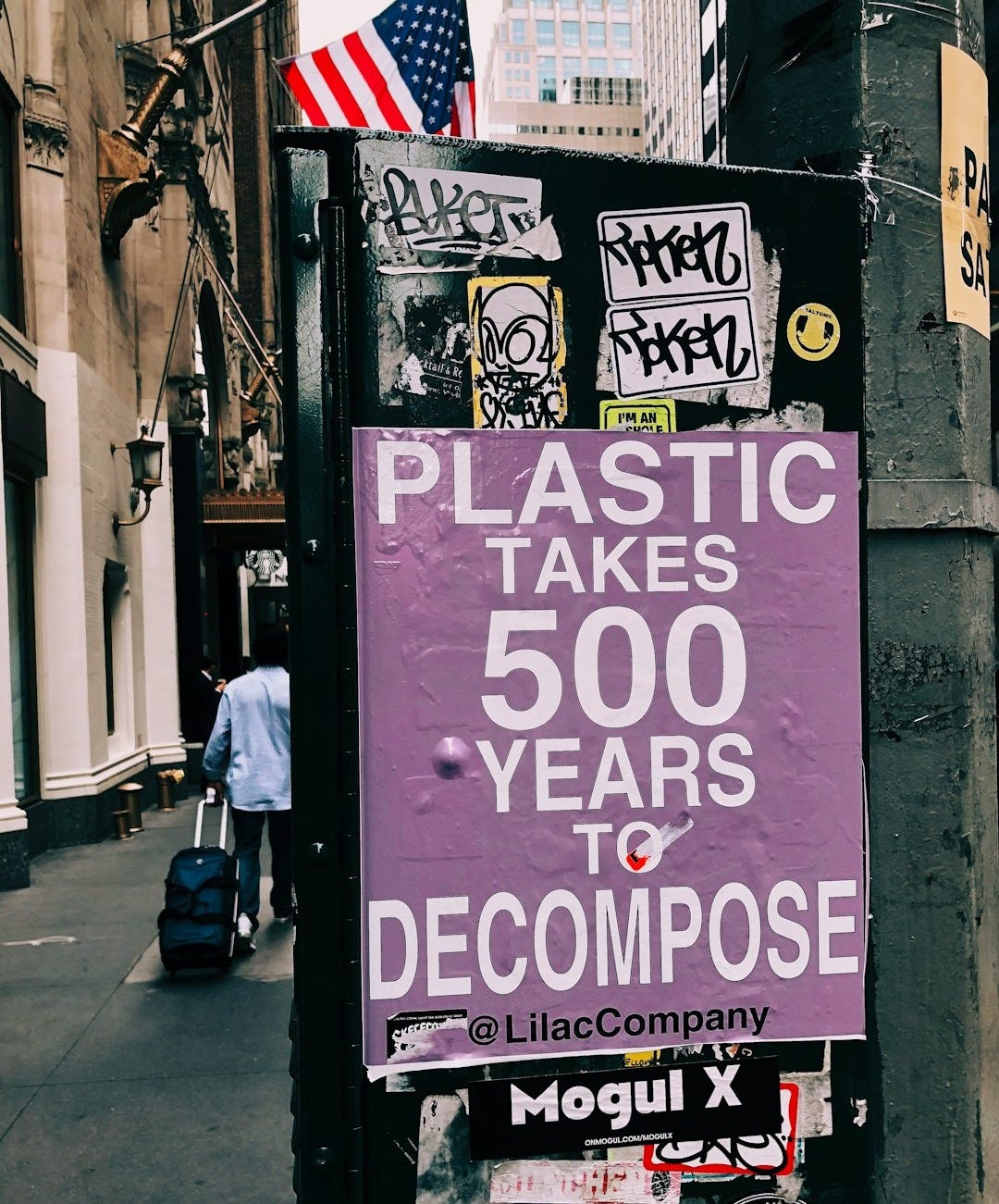It started innocently enough. A single, unassuming fake fiddle leaf fig appeared in my coworker Priya’s (name changed of course) Zoom background. I didn’t think much of it—she wasn’t exactly the type to keep real plants alive. I mean, she once killed a pothos, and that takes effort. But then, slowly, they began to multiply. A plastic monstera perched on her bookshelf. A suspiciously glossy snake plant sat near her window. Her home office started to look like a rainforest—if that rainforest were made entirely of petroleum and broken dreams.
The thing about fake plants is that they always seem like a gateway purchase. “It’s just one,” you tell yourself. “It looks so realistic!” But soon, you’re curating an entire jungle of plastic ferns that smell faintly of factory fumes and regret. And for what? So your Instagram followers can marvel at how zen your space looks while you’re secretly Googling “How to get cat hair out of everything I own”?
I thought it was just Priya. Then it spread. First, to every influencer I followed. Then to my actual friends. People I respected. Tim, who once lectured his wife about the ethical implications of fast fashion, now proudly displayed a bouquet of synthetic eucalyptus in his dining room. “It’s low maintenance,” he said, like low maintenance wasn’t code for I refuse to nurture anything that requires my effort.
And, of course, the excuses rolled in.
“But I’m allergic to plants!”
Really? To all of them? Even the ones that don’t flower or produce pollen? Because last I checked, a ZZ plant isn’t exactly launching an airborne assault on your sinuses.
“I travel too much to keep real plants alive.”
There are plants so low-maintenance they could survive a nuclear winter. A snake plant, for instance, still be here thriving long after we’ve gone full dystopia.
But here’s the thing: it’s not entirely your fault. The system has been working overtime to sell you these cheap, disposable “solutions” to a problem that never existed. Somewhere in a marketing boardroom, someone decided that instead of selling people real plants—which require care and, dare I say, a relationship—they’d sell you fake ones: lifeless, dust-collecting decor-props wrapped in the illusion of effortlessness.
And now they’re everywhere. Target, IKEA, Amazon, influencers’ perfectly staged living rooms—each one selling the same message: “You don’t need to try; just consume.”
Because that’s the real scam, isn’t it? The aesthetic-industrial complex has convinced us that our homes are projects, not places. That everything needs to be curated, Instagram-ready, and constantly refreshed. Plants—once a sign of life and connection to nature—are now just another disposable trend. No wonder so many people are buying fake plants. The system isn’t just enabling it; it’s demanding it.
And the worst part? This “effortless aesthetic” isn’t even effortless.
Fake plants collect dust like it’s their job. They turn brittle. They fade into a sad, gray version of themselves. And then, when they finally start looking too depressing to keep, they get tossed—destined to live forever in a landfill, long after their owner has moved on to the next trend.
Meanwhile, real plants are out here doing the actual work—purifying your air, reminding you to slow down, showing you what it means to care for something beyond yourself. Sure, sometimes they die, and that’s okay. Death is natural.Plastic, on the other hand, is forever.
I had this epiphany when I visited my friend Jade’s apartment last month. She gave me the tour, and I couldn’t tell if I was in a living space or the “home decor” aisle of a TJ Maxx. Plastic succulents lined every windowsill. A plastic ivy wallstretched across her bedroom. “It’s so eco-friendly,” she said, waving at the faux jungle she’d assembled. “No water, no waste!”
I wanted to scream.
Did she know her “eco-friendly” décor was made from virgin plastic that would outlive her great-grandchildren? Of course not. Because no one tells us this stuff. No one tells us that fake plants are part of a larger cycle of disposability, mass production, and environmental harm—all in the name of aesthetics.
But here’s the good news: real plants are a quiet rebellion against all of that.
They’re a middle finger to the plasticification of everything. They’re messy, imperfect, sometimes inconvenient, but they’re real. They remind us that not everything in our lives needs to be staged, optimized, or disposable.
So no, I won’t be buying a plastic plant.
Not because I’m some eco-purist, but because I’d rather spend my money on something that grows, breathes, and contributes to the world—even if it means occasionally killing it by accident.




